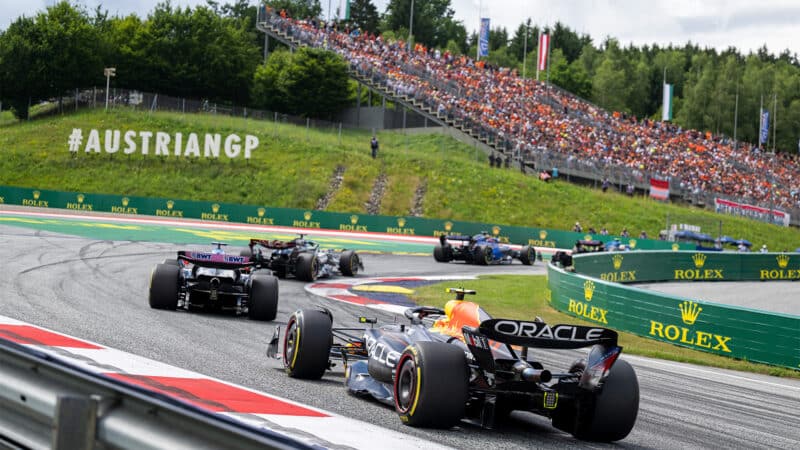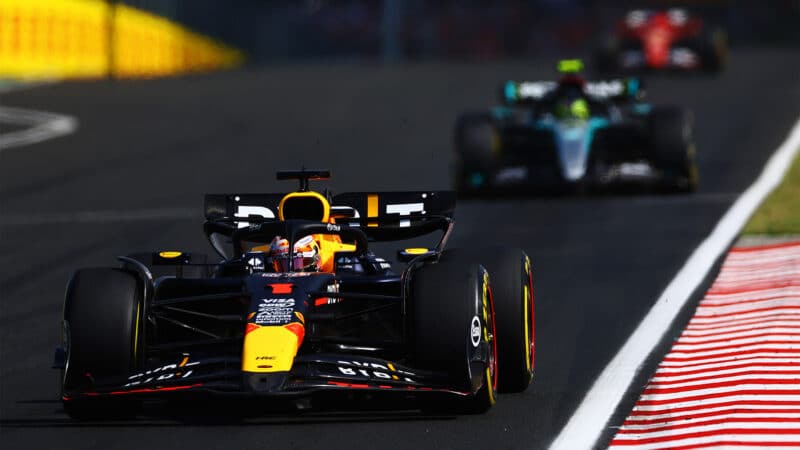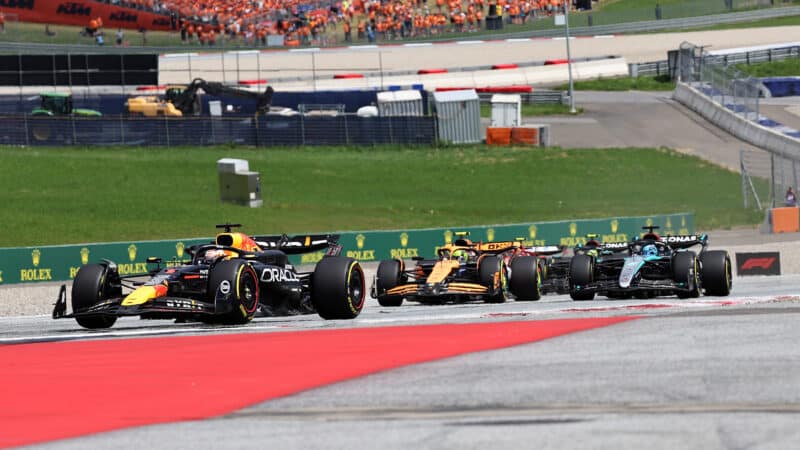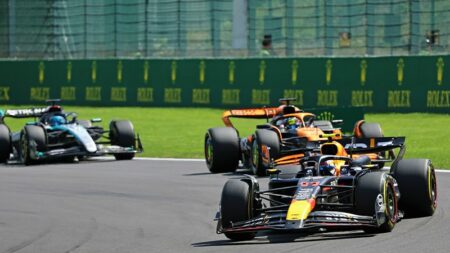But the flakiness of the original story has not stopped whole swathes of the F1 fanbase from believing it to be gospel and now historical fact. Many have further made the assertion that it was obviously true because of how Red Bull lost its dominance post-China (when it was supposedly told to remove the system) and wasn’t it strange how McLaren and subsequently Mercedes become competitive?
It is so easy to demolish this reasoning with the raw numbers of qualifying performance that it’s almost comical. But here are a few key measures to test that supposed supporting evidence — for the benefit of any remaining doubters.
Claims that ‘Red Bull suddenly lost 0.5sec per lap or more’ post-China are total fantasy. Red Bull’s competitive advantage over McLaren and Mercedes has obviously reduced since the beginning of the season to now. But how do we determine how much (if any) of that is Red Bull losing outright performance and how much to McLaren and Mercedes finding performance? It’s actually not so difficult.
Taking Miami out of the equation (the track was so hot and gripless that everyone was slower than in ’23) we can compare this year’s Red Bull qualifying times pre and post-China to the same tracks in 2023. When we do that we get the following:
Red Bull qualifying lap time improvement ’23 to ’24 up to China: 0.825%
Red Bull qualifying lap time improvement ’23 to ’24 post China: 0.933%
I.e., nothing significant, even slightly better post-China (but well within the ‘noise’ of variation from track to track).

Red Bull’s grip on both world titles has slipped
Red Bull
Next, we can look at how much McLaren and Mercedes have improved their performance pre and post-China, taking Red Bull out of the equation. If we express their qualifying relative to the other (non-Red Bull) teams, we get the following:
McLaren
McLaren advantage over non-Red Bull field before Miami: 0.899%
McLaren advantage over non-Red Bull field after Miami: 1.247%
I.e. McLaren pulled away from the non-Red Bull teams by 0.348% pre and post Miami.
Mercedes
Mercedes advantage over non-Red Bull teams before Miami: 0.614%
Mercedes advantage over non-Red Bull teams after Miami: 0.952%
I.e. Mercedes pulled away 0.337% from non-Red Bull teams pre and post Miami.
Red Bull
If we do the same calculation for Red Bull (taking out Mercedes and McLaren), we get the following:
2024 Red Bull advantage before Miami: 1.22%
2024 Red Bull advantage after Miami: 1.29%
I.e. almost unchanged gap between Red Bull and the non-Mercedes/McLaren teams pre and post China.
So in summary, since the supposed change was imposed upon Red Bull, there has been no significant change in its pace. But McLaren and Mercedes have improved by over 0.3% relative to the non-Red Bulls. Which utterly demolishes the idea that the numbers support the contention that Red Bull had some advantage which was subsequently taken off it. They absolutely do not.




